River surfers set their sights on Bern
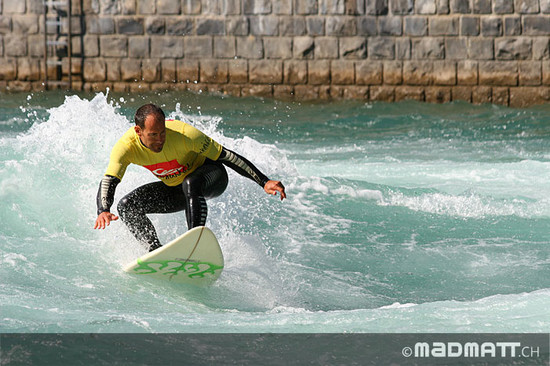
Switzerland’s surfers haven’t let a total lack of coast dampen their spirits – plans are afoot to build an artificial wave on the River Aare in the Swiss capital.
Original plans to set up a wave at Bern’s scenic Schwellenmätteli weir have hit the rocks because of safety and environmental concerns. But organisers aren’t giving up: they are confident of creating a surfing spot somewhere along the river by 2013.
The idea was born when Aline Trede, a surfer and local politician for the Green Party, and her colleague Gisela Vollmer from the Social Democratic Party were visiting a turbine of the city’s hydroelectric power plant at the Schwellenmätteli.
“We were sitting there, looking at the Aare, and we thought ‘Wouldn’t it be great to have a surfing wave here?’” Trede told swissinfo.ch.
The idyllic stretch of turquoise water is surrounded by Bern’s medieval Old Town to the north and woodland to the south.
They called a few meetings, which she says attracted far more people and support than expected – “it turned out that two people from the Canoe Club Bern had already had the same idea!” – and sent a proposal to the authorities.
“The local parliament liked the idea of a wave and asked us to look into whether the Schwellenmätteli was a feasible option,” she said.
Do It Again
As it turned out, it wasn’t. Objections included the role the weir plays in flood prevention – the surrounding area was badly hit in 1999 and 2005 – the fact that it’s a Unesco World Heritage site and doubts about acceptance by locals and those who fish nearby.
“At Schwellenmätteli there’s a ladder for migrating fish – and that won’t be easy with a wave,” Trede admitted.
In November, parliament rejected the plan by 32 votes to 30, but it said the doors remained open for an alternative location.
“The association is now in contact with experts to look at where else it’s possible in Bern – and there are many places.” she said. “There’s a small island, spots under bridges and another weir in Lorraine where it’s possible to construct a wave really easily.”
Such a scheme would cost around SFr150,000 ($160,000) but Bern Tourism is excited – a standing wave in the heart of Munich attracts hordes of tourists (see link for video).
Fun, Fun, Fun
River surfing is increasingly popular on Swiss rivers, although it is not without its dangers (see box).
“It’s quite different from surfing on the ocean,” Tino Stäheli, president of the Swiss Surfing Association, told swissinfo.ch.
“You have a standing wave that builds itself on top of an underwater structure – it can be a stone, a weir, something like that. And at a certain steepness a wave starts breaking and remains there. This gives someone on a surfboard, or in a kayak, enough speed to stay at the same spot, and then you can go from one side to the other,” he said.
“It feels kind of like surfing, but you’re not actually moving.”
Stäheli says the surfing culture in Switzerland clearly comes from the snowboarding community – “that’s where it all started”.
“A couple of guys probably enjoyed surfing more than snowboarding and started travelling in winter – not to the mountains but to an island or a coast – to surf. The hardcore surfers surf all year round. But I’m sure there are a lot of people who snowboard in winter and surf in summer and who just like board sports. When they’re in the city they skate…”
Wouldn’t it be nice?
He welcomes the plan for Bern and highlights the environmental benefits – “you don’t use much energy, you’re not travelling far to the mountains by car or by train” – but adds that it’s hard to say how many Swiss actually surf.
“Estimates from people who sell surfboards in Switzerland indicate that there are about 4,000 active surfers, meaning people who go once a year and own their own material.”
A select few of these form the Swiss surfing team, which takes part in international competitions.
“We do better than many teams that have an ocean!” he said proudly. “We’re the only landlocked country participating at these events – and we’ve never been last! We’re in the middle of the field. I think that’s not too bad.”
But it must be cold, surfing in alpine water? “Actually often the biggest river flows happen in summer when snow is melting in the mountains. Obviously the water’s not too warm, but the weather can be nice. So sometimes you can surf on the river in just your board shorts. Other times you need a good wet suit and even booties and a hood.”
As for the best place to surf in Switzerland, Stäheli picks Bremgarten in canton Aargau, northern Switzerland (see link).
“It’s a very constant wave that breaks many days a year. There are a lot of other places, but people try to keep them secret! But they only work once in a while. So when the guys know it’s working, they go there and don’t tell anyone else!”
River surfing is the sport of surfing either standing waves or tidal bores in rivers. Claims for its origins include a 1955 ride of 2.5 kilometres along the tidal bore of the River Severn in Britain.
In this type of surfing, the wave is stationary on the river, caused by a high volume of water constricted by flowing over a rock or man-made construction. A river surfer can face up-stream and catch this wave and have the feeling of travelling fast over water but not actually be moving.
However, the sport is not without its dangers. In July 2009 two river surfers died in Switzerland in separate incidents. One perished on the Aare in canton Solothurn after using a rope to tie his surfboard to the gate of a dam. Police presume he became tangled and was unable to free himself.
The Aare is a tributary of the Rhine and at 295km, it is the longest river that both rises and ends entirely within Switzerland.
The second victim, an inexperienced surfer, drowned on the River Reuss in canton Aargau.
“It can be dangerous,” Tino Stäheli, president of the Swiss Surfing Association, told swissinfo.ch. “Hitting a submerged rock when you fall is one thing. Getting all tangled up with your leash is another – you have a leash attached to your board so it doesn’t swim away. Also if there’s a lot of water in the river there can be tree trunks or other pieces of rubbish floating down the river that can hit you.”

In compliance with the JTI standards
More: SWI swissinfo.ch certified by the Journalism Trust Initiative



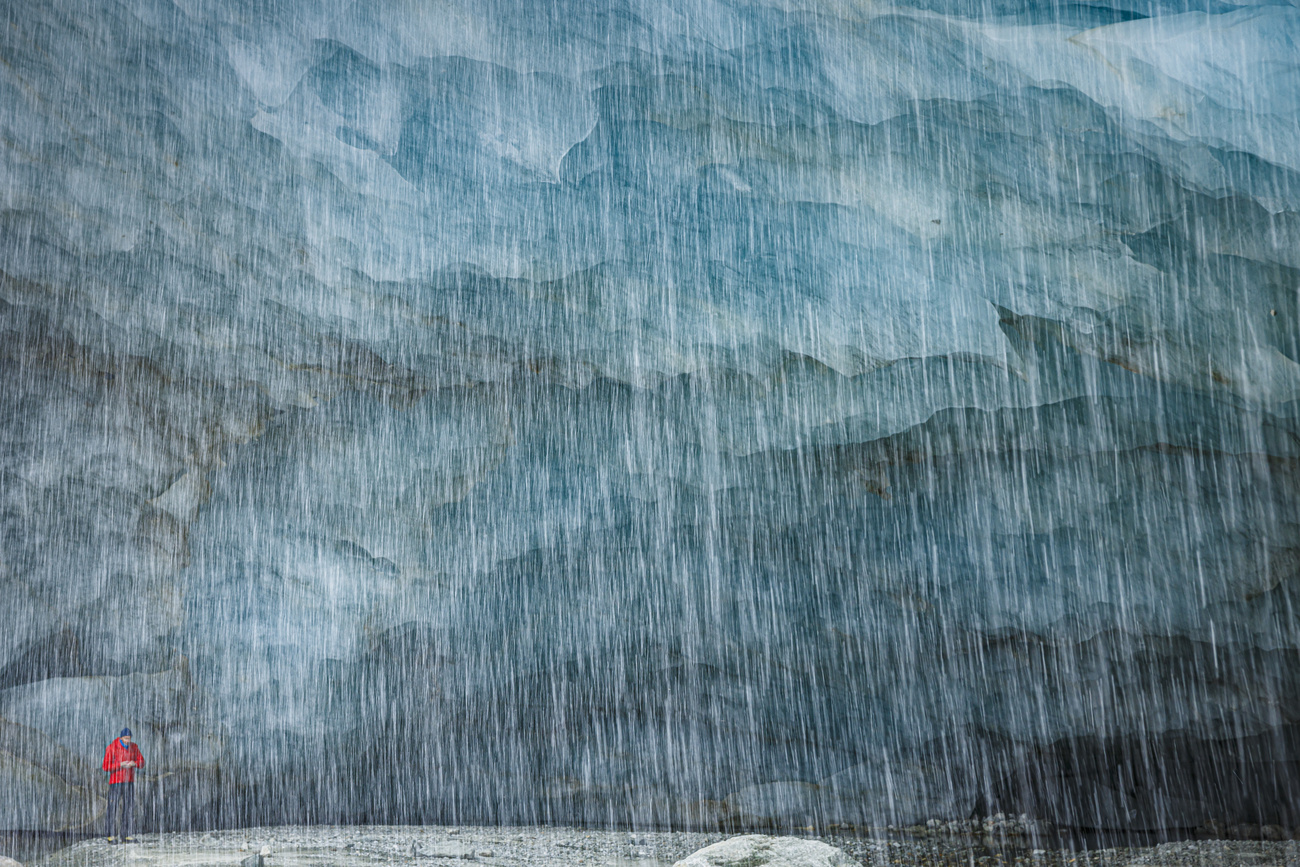





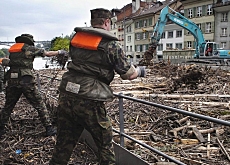
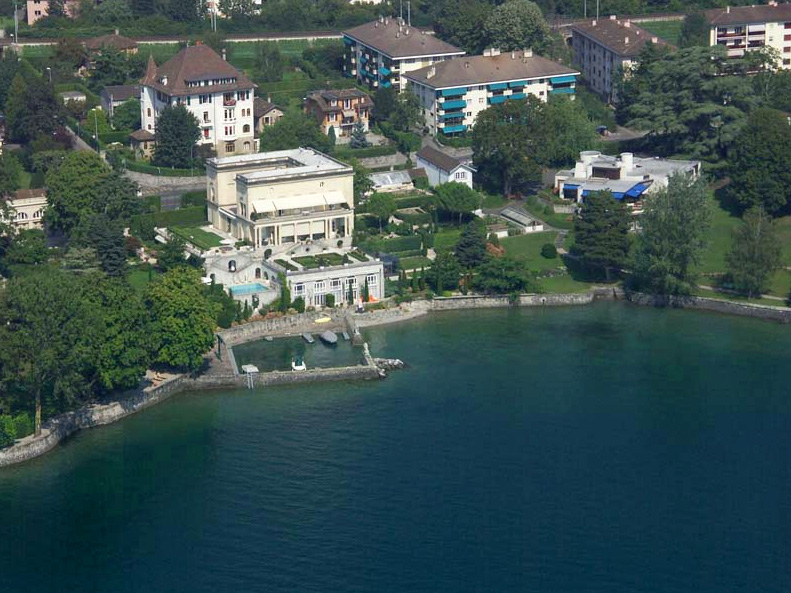


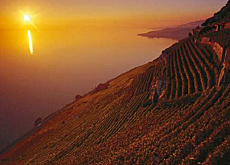

You can find an overview of ongoing debates with our journalists here . Please join us!
If you want to start a conversation about a topic raised in this article or want to report factual errors, email us at english@swissinfo.ch.